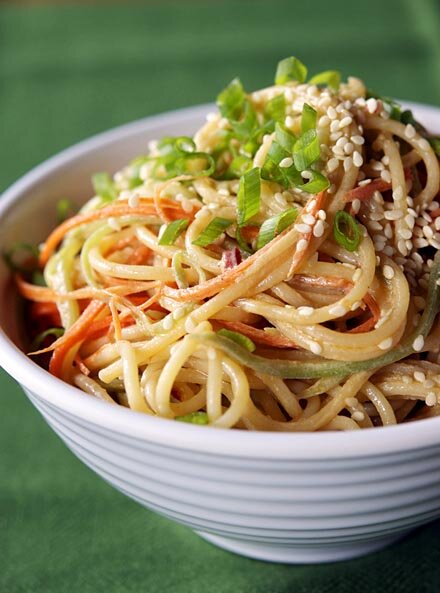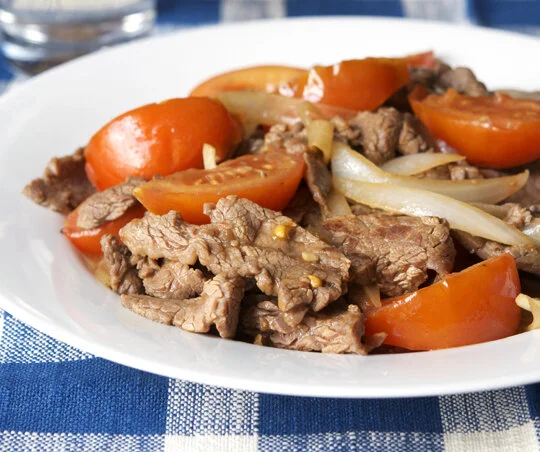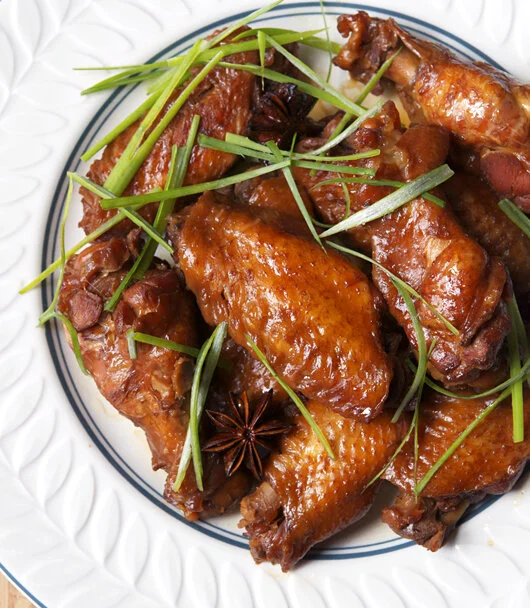Dan dan noodles is one of those quintessential Sichuan dishes that you must try at least once if you're a fan of anything spicy. The chili-laced vinegar and sesame sauce is quite possibly one of the finest sauces that ground pork or beef can ever be cooked with.
Now, if you were to have dan dan noodles in Sichuan province, the noodles would come swimming in a chili-laced broth that is almost impossible for mortals (non-Sichuan-natives) to slurp. I like to do a less saucy version that tones the heat down slightly while still maintaining flavor. The noodles in this recipe are spicy enough for someone who doesn't mind a little heat in their food. But please feel free to adjust the amount of chili oil to your preferences. And slurping is, of course, encouraged.
The first time I ever had dan dan mian was years ago in New York's East Village. It was one of those insanely hot and muggy July days, and my friend Shar and I were walking on St. Mark's Place, sweaty even in tank tops and skirts.
"Where do you want to have lunch?," I asked.
"Anywhere with AC," was the reply.
Read More


